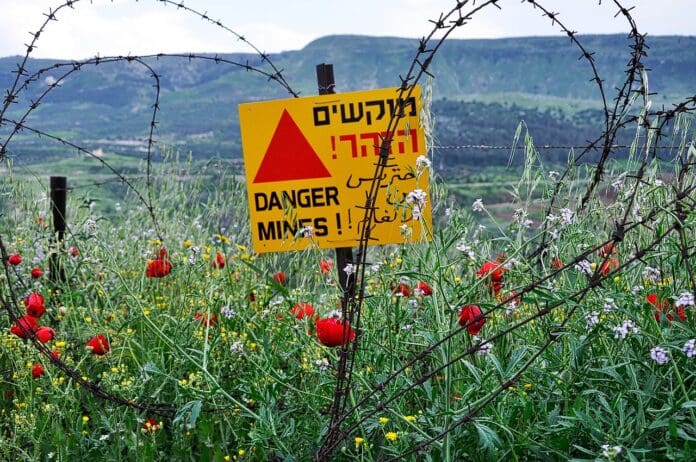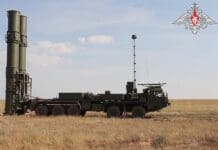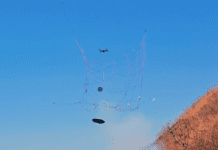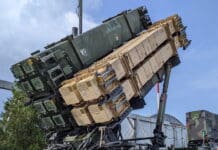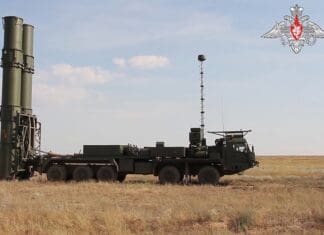This post is also available in:
 עברית (Hebrew)
עברית (Hebrew)
Mateo Dulce Rubio, a doctoral student at Carnegie Mellon University, has turned a personal concern into a groundbreaking project aimed at addressing the pervasive issue of landmines in Colombia. Growing up in Bogotá, the stories of mine explosions injuring residents of rural areas left a lasting impression on him, highlighting the ongoing dangers faced by communities plagued by decades of conflict with armed rebel groups.
Colombia’s rural landscape is littered with thousands of landmines, posing a deadly risk to civilians and hindering development efforts. While recent removal initiatives have reduced casualties, the majority of victims remain non-combatants. According to the International Campaign to Ban Landmines, 145 casualties were reported in Colombia in 2022 alone.
Recognizing a gap in awareness about these dangers, Dulce Rubio began leading a team to develop RELand, an innovative system designed to more accurately identify landmine contamination using artificial intelligence. Collaborating with the United Nations Mine Action Service (UNMAS), they have implemented field tests in Colombian municipalities to refine this vital technology.
According to TechXplore, RELand employs a three-pronged approach: a computer program that utilizes machine learning to assess landmine risks, a comprehensive dataset that informs these assessments, and an interactive web interface to present findings. The system’s effectiveness was evident when it successfully predicted landmine locations, uncovering three mines in a high-risk area while finding none in a low-risk zone.
This new methodology aims to improve resource allocation for humanitarian organizations, which often struggle with limited funding and must prioritize which areas to clear. As Dulce Rubio notes, understanding where to deploy teams can significantly enhance operational efficiency and safety.
The implications of RELand extend beyond immediate safety; they pave the way for communities to reclaim contaminated lands, fostering stability and development in a country long affected by conflict.
As the testing phase continues, the collaboration between academic research and humanitarian efforts showcases the transformative power of technology in addressing real-world challenges, offering hope for a safer, landmine-free future in civilian areas.


